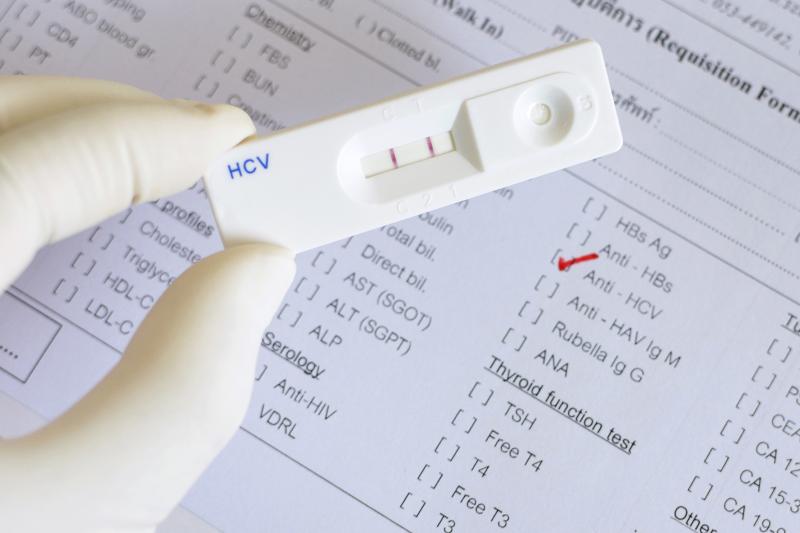
Use of direct acting antivirals (DAAs) to treat hepatitis C virus (HCV) infection is feasible during pregnancy, as these drugs are highly effective and treatment duration is relatively short, according to a study. In addition, DAA treatment helps improve maternal health and prevent vertical transmission.
To summarize current evidence on maternal exposure, placental handling, and safety of DAAs during pregnancy and lactation, researchers performed a literature search of relevant studies.
Current data revealed that the standard dosing regimens of presently used DAAs may be suboptimal for the pregnant patient population. The efficacy of these drugs is likely to be altered mainly because of pregnancy-induced effects on drug absorption and metabolism.
The pregnancy‐induced effect is said to be less pronounced for sofosbuvir–ledipasvir and glecaprevir–pibrentasvir than for other DAA combinations. Therefore, clinicians can choose a DAA combination less prone to pregnancy‐induced effects, if available, instead of adjusting the dose, which is rarely done in clinical practice.
Reports from animal reproductive toxicity studies show that most DAAs cross the placental barrier and transfer into breast milk. However, the researchers explained that these data are difficult to extrapolate to the human clinical situation given the difference in timing of treatment and because of the large interspecies variability in placental anatomy.
The choice for a specific DAA combination should be based on safety data from animal reproductive studies and safety and efficacy data from the nonpregnant patient population, they added. Treatment may be started at the end of the second trimester or early third trimester considering the rapid viral decline after treatment initiation and to avoid the critical period of organogenesis.
Currently, there is no DAA regimen approved for HCV treatment during pregnancy due to insufficient human safety and efficacy data, and treatment is hence delayed until after delivery. The pregnancy period, however, is a unique window of opportunity to both cure the mother and prevent vertical transmission of HCV, especially because there is a high chance of loss to follow‐up of both mother and her HCV‐exposed child in many settings, according to the researchers.
Further research is required to study DAAs in pregnant and breastfeeding women to target these patient populations, as well as their HCV‐exposed children, and to contribute to the HCV elimination goal.